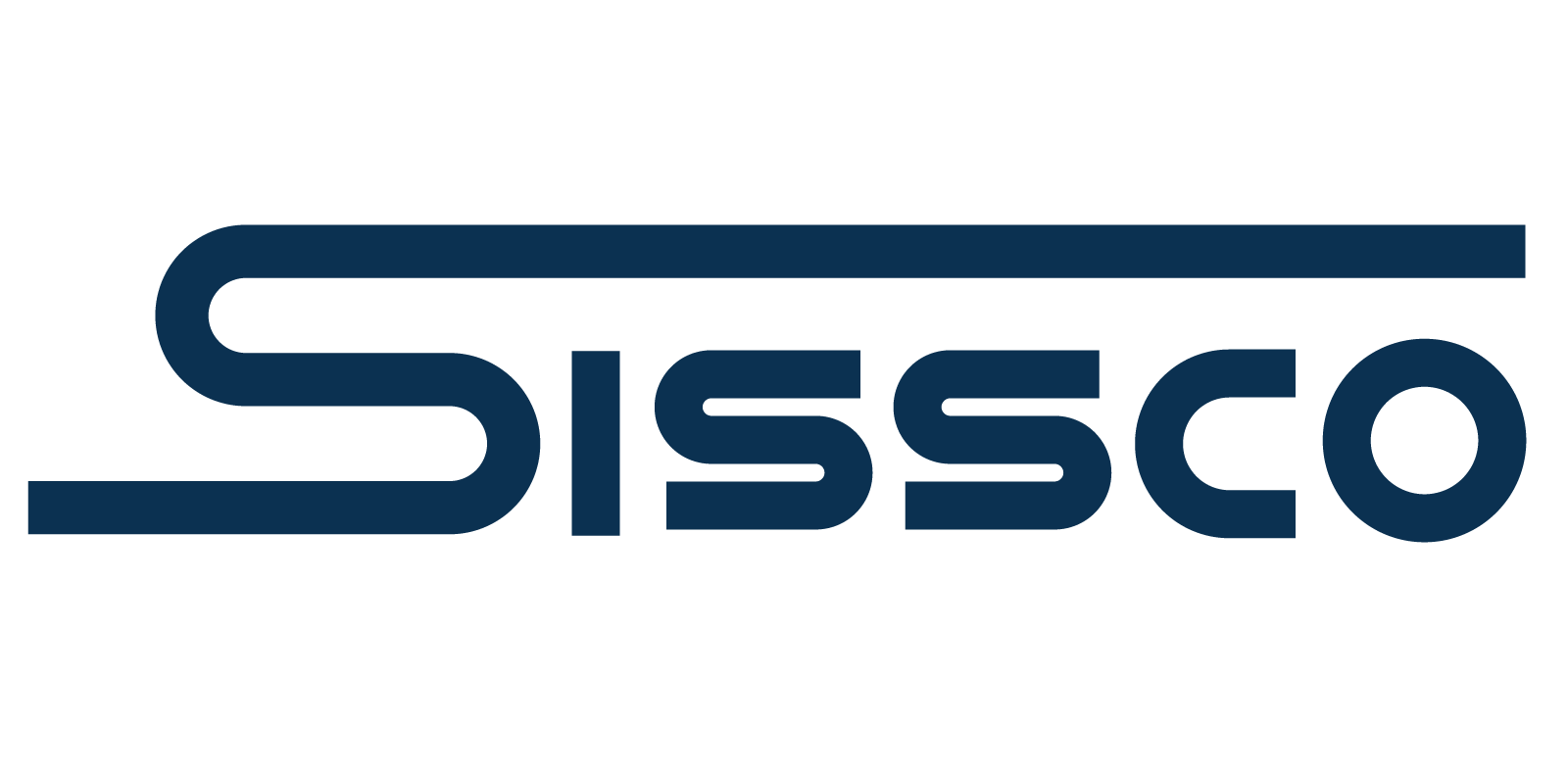The manufacturing and construction industries can be quite dangerous. With heavy equipment, large loads, and sizable systems, the rate of fatal injuries in this line of work accounts for more than 20% of all workplace injuries. This is why overhead crane safety is so important. Being able to recognize potential hazards and implement safety procedures, and preventive systems will effectively save workers from significant injuries in addition to time and money.
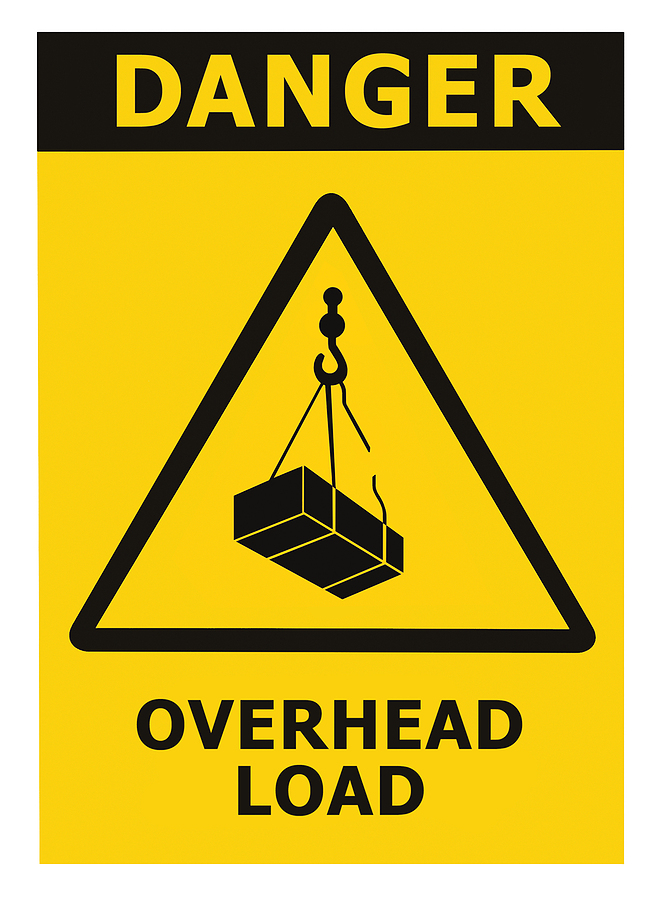
Hazards
Lifting heavy objects high in the air definitely doesn’t lend itself well to safety, resulting in a heap of potential hazards. Three of the major risks overhead crane operators will encounter are overloading, falls, and electrical hazards. Let’s look into each risk and how understanding overhead crane safety can help to decrease them.
Overloading
When trying to save time, workers are often apt to overload the crane’s operational capacity. However, doing so will cause irreversible damage to the equipment as a result of the increased structural stress being applied to it. These upsets are chiefly caused by untrained operators who are unaware of the weight capacities of the crane.
Instead, they recklessly trust their instinct regarding how much weight the crane can handle, putting themselves and surrounding team members in harm’s way. For this reason, all operators are required to be trained as per OSHA.
Falls
We aren’t talking about employees falling, but rather the heavy materials that are suspended in the air above them. The load needs to be successfully secured before being hoisted into the air. If the load slips, surrounding workers and property could be significantly damaged. In addition, slings and attachments need to be efficiently applied to the crane too.
To prevent these potential disasters from happening, all equipment should be regularly checked and maintained. Overhead crane inspections should be performed daily by whoever is operating the equipment. Operators should be wearing proper Personal Protective Equipment as well.
Electrical
As overhead cranes generally operate at high altitudes, there is an increased risk of coming into contact with power lines. The result of inadvertently making contact between the crane and high voltage can be deadly due to electrocution. For this reason, hoist lines or booms must be carefully observed when moving materials near-visible power lines.
Clearly, crane operators must use caution when working in the vicinity of power lines. PPE must be worn and the crane must be operated at a safe speed to ensure proper prevention. Working in danger zones where power lines are within a 10-foot radius is key to staying safe.
Preventive System Roundup
With these plentiful potential hazards, additional preventive systems must be developed to maintain overhead crane safety. Let’s run through a few effective examples.
Sirens, Buzzers, and Horns, Oh My!
Cranes are required to be equipped with controls that provide audible warnings to the operator and surrounding personnel when the crane and load are in motion.
Illuminate and Indicate
Also required to be built into the design of overhead cranes are warning lights and indicators. These provide a visual warning to workers and nearby pedestrians when equipment is in use.
Counter Collisions
To control the motion of the crane to avoid accidents, collision avoidance systems can be installed. They use wireless transmitters to process signals that obstacles may arise.
Give Your Brakes a Break
If you’re in line to modernize your crane, then you should consider upgrading your brake system for brake-slip detection. Adding frequency drive controls can significantly reduce wear and tear.
Remote is the Way
Using a wireless remote transmitter to operate an overhead crane makes it possible for operators to not have to be physically tethered to the crane when lifting heavy loads.
Put Switches to the Limit
Installing limit switches can help to slow down or stop overhead cranes before making contact with an object that could cause load swing or other damage. This means less room for injury.
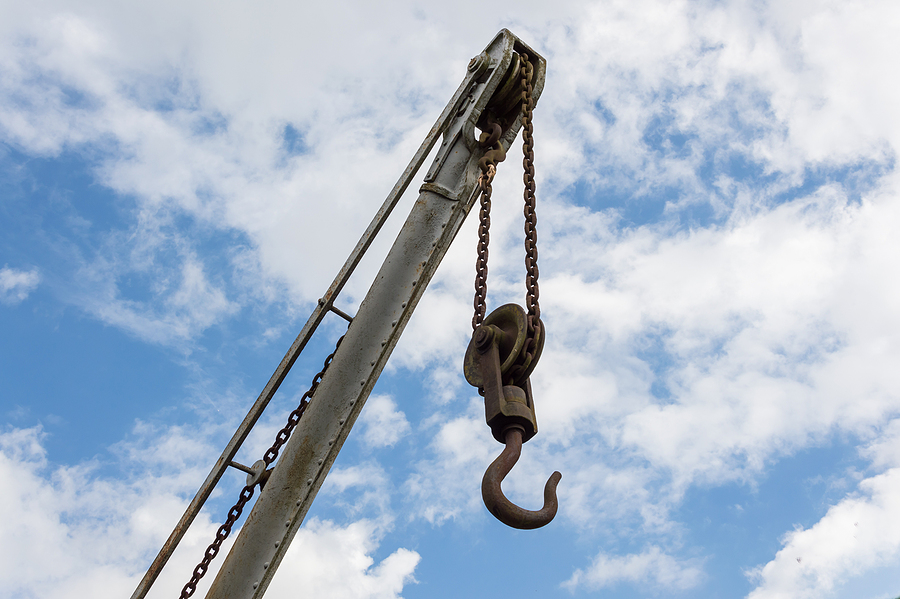
Ready to Practice Overhead Crane Safety?
Now that you know the hazards of overhead cranes and the preventive systems to decrease them, there is only one thing left to do: let Sissco Hoist handle it. Our experienced team takes pride in performing all of your crane safety needs. From safety inspections and preventive maintenance to crane modernization and repair, we do it all. Contact us today to get started with a quote.

